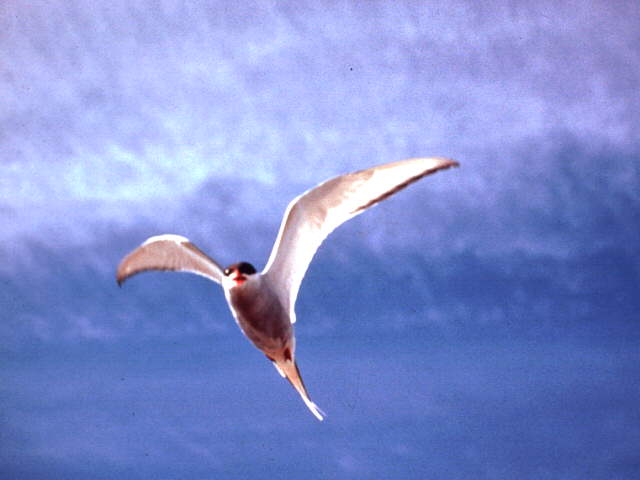|
| Query: Common tern | Result: 64th of 102 | |
[IMG] Common Tern 1
| Subject: | [IMG] Common Tern 1
| | Poster: | Kim Jinsuk (jskim@bioinfo.kordic.re.kr)
| |

| File size : 26380 bytes
File date : 1998:05:14 09:00:00
Resolution: 640x480
Jpeg process : Baseline
Posted Newsgroups: alt.binaries.pictures.animals
Posted Date: Thu, 14 May 1998 15:06:15 +0900 |
--
From Broderbund ClickArt 200,000 CD
Private purpose only. Enjoy it.
Content-Type: image/jpeg; name="aas50029.jpg" |
^o^
Animal Pictures Archive for smart phones
^o^
|
|

